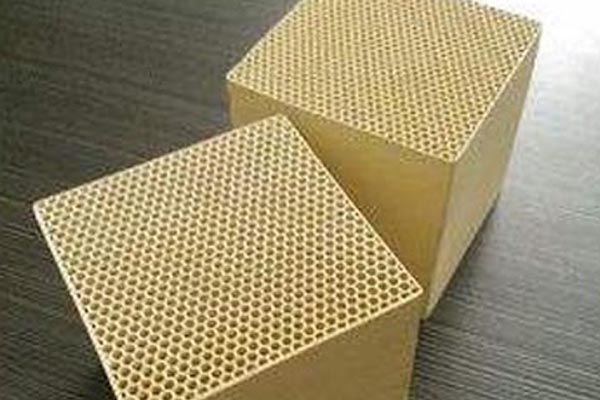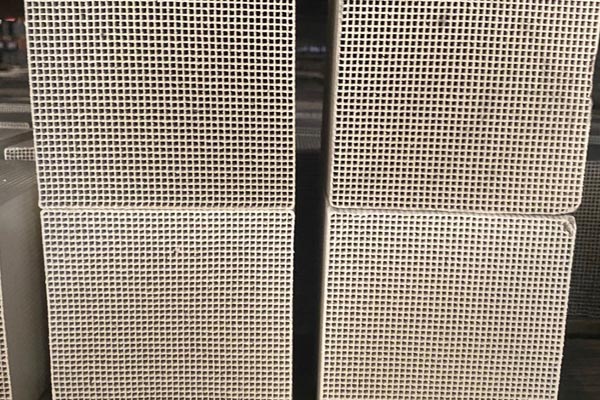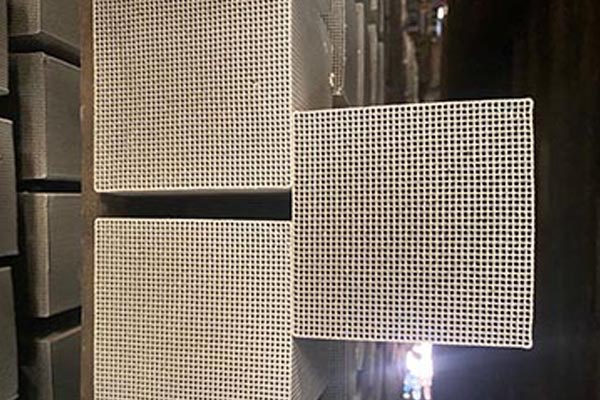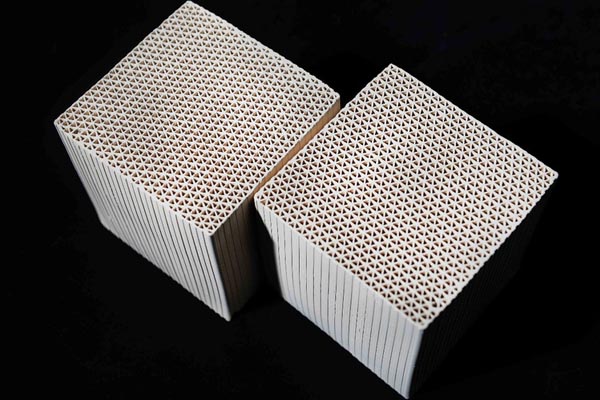Molecular sieve is a crystalline silicate or aluminosilicate, which is a pore and cavity system with molecular size (usually 0.3nm to 2.0nm) formed by connecting silicon oxygen tetrahedron or aluminum oxide tetrahedron through oxygen bridge bond, Sichuan Therefore, it has the characteristics of screening molecules. However, with the deepening of molecular sieve synthesis and application research, researchers have found phosphoaluminate molecular sieves, and the skeleton elements (silicon or aluminum or phosphorus) of molecular sieves can also be replaced by B, Ga, Fe, Cr, Ge, Ti, V, Mn, Co, Zn, Be and Cu, and the size of its pores and cavities can also reach more than 2 nm, major Therefore, molecular sieves can be divided into silicon aluminum molecular sieves, phosphorus aluminum molecular sieves and skeleton heteroatom molecular sieves according to the composition of skeleton elements;

Sichuan 】Zeolite adsorbent has outstanding advantages 1. Strong adsorption selectivity. The pore size of molecular sieve is uniform, and it is also an ionic adsorbent. Therefore, it can selectively adsorb according to the size and polarity of molecules. It can effectively remove ethylene, propylene and acetylene from saturated hydrocarbons, which is determined by its strong polarity. 2. Strong adsorption capacity. Even if the composition concentration of the gas is very low, it still has the adsorption capacity of. 3. It is less affected by temperature. At a higher temperature, it still has a greater adsorption capacity, while other adsorbents are greatly affected by temperature, so at the same temperature, the adsorption capacity of zeolite molecular sieve is large. 4. It can be regenerated at high temperature, with high regeneration efficiency and high safety. 5. Strong resistance to poisoning and good thermal stability. Zeolite molecular sieve is an excellent adsorbent, major It is widely used in the production of basic organic chemical industry and petrochemical industry, as well as in the treatment of harmful gases nox、co、co2,nh3,ccl4、 Purification of water vapor and gaseous hydrocarbon waste gas; As well as air purification and deodorization in biochemical industry, paint industry, underground places, leather factories and animal breeding places; Adsorption of flue gas odor, removal of mercury vapor, etc.

Honeycomb zeolite molecular sieve is a kind of aluminosilicate material containing alkali metal or alkaline earth metal oxide with open framework and regular pore cage structure. It has been widely used since it was discovered by Swedish scientists in 1956, and then it has been widely used in petrochemical industry, environmental protection, bioengineering and other fields due to its special physical characteristics. major And with the gradual expansion of the demand for zeolite molecular sieves, researchers began to expand a variety of synthetic methods of zeolite molecular sieves to meet the needs of various fields. Zeolite molecular sieve has super strong adsorption performance, which is due to a "surface force" generated by molecular gravity on the solid surface. When the fluid flows, some molecules in the fluid collide with the adsorbent surface due to irregular movement, resulting in molecular concentration on the surface, reducing the number of such molecules in the fluid to separation Purposes of clearing. Direct selling Since the adsorption does not undergo chemical changes, as long as the molecules concentrated on the surface are managed to drive away, the zeolite molecular sieve will have the adsorption capacity again. This process is the reverse process of adsorption, which is called the resolution or regeneration process.

Because there are uniform small internal pores in the molecular sieve structure, Sichuan When the molecular linear degree of reactants and products is close to the pore size of the crystal, the selectivity of catalytic reaction often depends on the corresponding size of the molecule and pore size. This selectivity is called shape selective catalysis. There are two mechanisms leading to shape selectivity. One is caused by the difference of diffusion coefficient of molecules participating in the reaction in the pore cavity, which is called mass transfer selectivity; The other is caused by the space limitation of the transition state of the catalytic reaction, which is called transition state selectivity. Molecular sieve has clear pore cavity distribution, extremely high internal surface area (600m2/s), good thermal stability (1000 ℃), and adjustable acid site center. The acidity of molecular sieve mainly comes from three coordinated aluminum atoms and aluminum ions (AlO)+on the framework and in the pores. The OH based acid sensitive site center on the molecular sieve HY obtained by ion exchange, and the aluminum ion outside the framework will strengthen the acid site, forming the L acid site center. Polyvalent cations such as Ca2+, Mg2+and La3+can show the acid site center after exchange. The reduction of transition metal ions such as Cu2+and Ag+can also form acid site centers. In general, the higher the Al/Si ratio, the higher the specific activity of OH group. The modification of zeolite acidity can introduce protons through direct exchange of dilute hydrochloric acid. major This method often leads to dealumination of molecular sieve framework. So NaY will become NH4Y and then HY.



